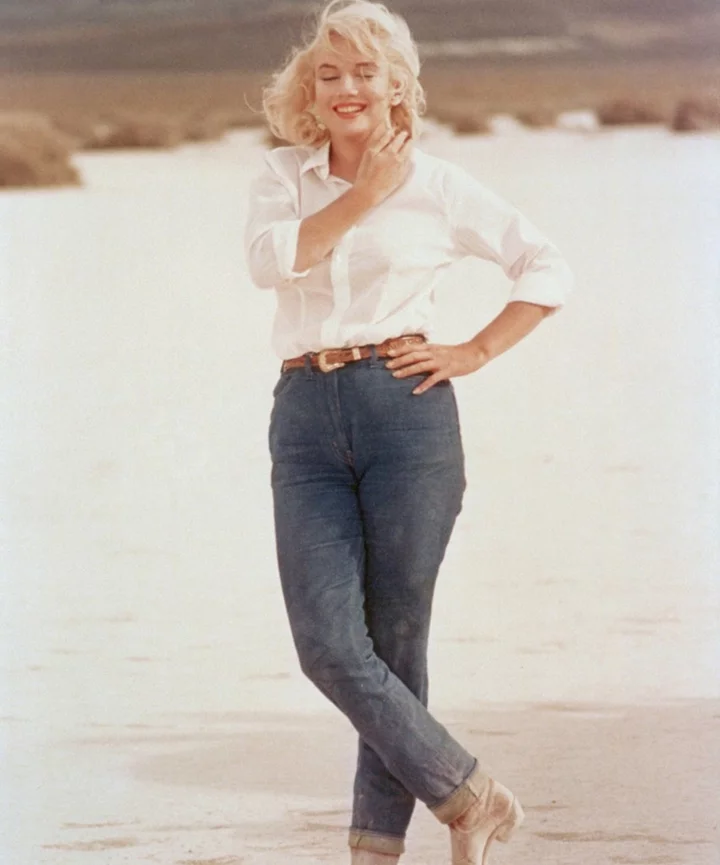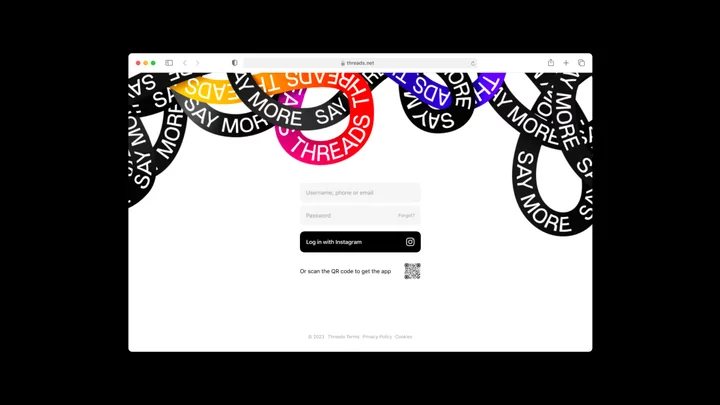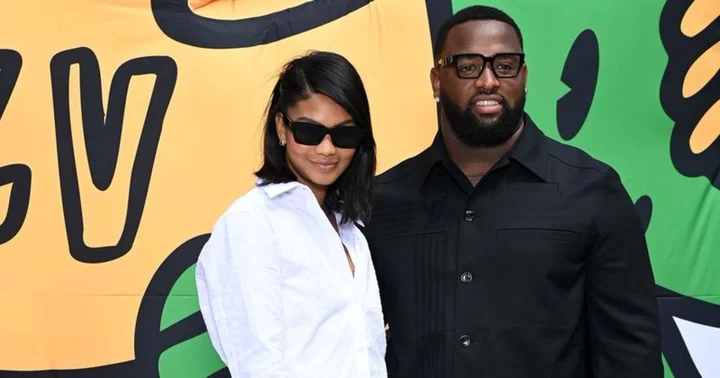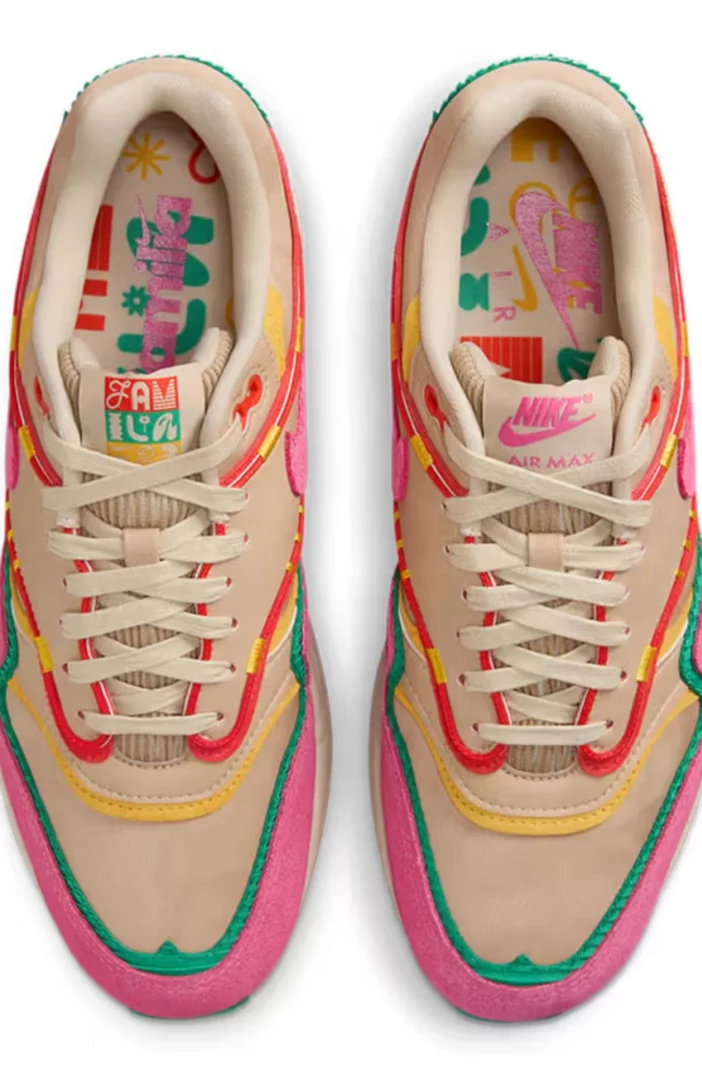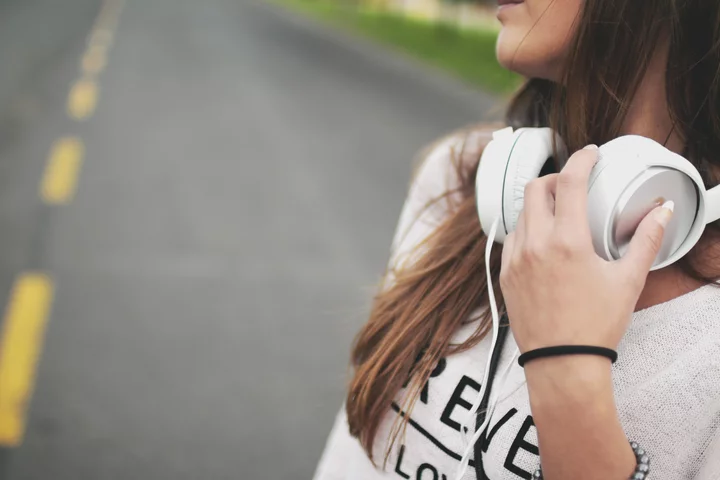Few fashion items have had the longevity and popularity that Levi’s 501 jeans, which celebrated 150 years on May 20, have enjoyed for over a century. First created in the late 1800s, the denim style has evolved from a workwear necessity to a symbol of the ‘60s youth movement to a modern-day fashion insider’s wardrobe essential.
“The 501 is the first, it’s the original, and it’s our icon,” says Tracey Panek, who works as a historian for Levi’s. “It really is the blueprint for the modern blue jeans.”
Known for its button fly and a wide variety of fits, which range from the original straight-leg model to ’90s-style and skinny jeans, the 501s were first designed as “waist overalls,” featuring buttons, as well as a back cinch, for customers — primarily working men — to hook their suspenders. “It was a protective outer garment, and it was originally intended for blue-collar workers who needed tough work products,” says Panek. The original patent for this design was granted to Levi Strauss — the founder of Levi’s — in 1873, yet it wasn’t until 1890 when the lot number “501” started to be used to refer to the model. Subtle changes soon followed: In 1901, two pockets were added; belt loops were tacked on in 1922.
Over time, the 501 further transformed in response to social customs and customer feedback: In 1937, the rivets on the back pockets, which were originally placed outside of the jeans, were moved to the inside after Levi’s heard complaints about the metal scratching people’s furniture. The Levi’s 501 underwent the biggest makeover during World War II, though, when the government enacted material rations that led the company to remove rivets from the crotch and watch pocket and replace branded buttons with generic ones. Soon after, the company took out the back cinch and stitched the back pocket with the diamond shape we know today.
Despite these changes, Panek believes that the 501s are not that different today. “When you come to see the oldest of the pairs, they haven’t changed that much,” Panek says, referring to Levi’s recent pop-up in San Francisco, which included an exhibition with pieces from the brand’s museum and archive. “It’s the recognizability and the rugged simplicity of this blue jean that has transcended into becoming a fashion icon,” echoes Karyn Hillman, chief product officer at Levi’s.
That’s not to say that the 501 jeans didn’t adapt to the social changes that have occurred in the last 150 years.
Take, for example, the 701s, a now-retired lot number that referred to the original women’s version of the 501 jeans. According to Panek, this model came as a result of women wearing the 501s, which she says were probably borrowed from family members, to ride horses and perform other daily activities in the American West. When Levi’s took notice, they released “Lady Levi’s” in 1934. A decade later, the jeans had their first true fashion moment when they appeared in a fashion show in Paris, titled “Fashion Flight,” on twins and Levi’s models Patricia and Priscilla Emery. In 1981, the 701s were folded into the 501 umbrella, with styles for men and women.
Throughout its additional transformations, which include the introduction of 501 shorts and skinny jeans among others, Levi’s 501s have stood the test of time — the original cinch waist, copper buttons, and familiar label remaining a staple in many closets over the decades. “For so many different groups, the 501 became part of the uniform,” says Panek. “It’s a classic.”
During the late 1960s, they became common among members of the youth movements, like the Summer of Love and the anti-Vietnam War protests. On the big screen, the 501s appeared on Marlon Brando in The Wild One (1953), Marilyn Monroe in The Misfits (1961), Chloë Sevigny and Rosario Dawson in Kids (1995), and Heath Ledger in Brokeback Mountain (2005). They were also the jeans that Steve Jobs wore to introduce the first-ever Apple computer in the ’80s, which, according to Panek, had inside buttons for Jobs to sport the style with suspenders, much like the original waist overalls.
To cement their fashion status, the jeans also have been part of numerous fashion collaborations. The late designer Virgil Abloh’s label Off-White partnered with Levi’s in 2016, releasing 11 styles inspired by the original 501s. In 2021, tennis player Naomi Osaka created a Levi’s collection that gave rise to the ‘93 Naomi Jean that was based on ‘90s-fit men’s 501s. Since 2020, popular cool-girl Danish brand Ganni has teamed up with Levi’s for multiple partnerships that have included dyed 501 jeans in pastel colors.
Today, they’re still finding their way to appeal to younger generations, with collaborations with the likes of personalities like Emma Chamberlain, who first partnered with the brand in 2021, and buzzy brands like Stussy. Levi’s is also capitalizing on its own history, releasing runs of archive-inspired jeans inspired by the styles their customers, which included supermodel Kate Moss and the late musician Kurt Cobain, wore back in the 1990s and early 2000s.
The moves have proved successful: On TikTok, searches for “Levi’s 501 jeans” have over 200 million views, with creators showing off their vintage hauls and styling tips that feature Levi’s 501s in a wide range of styles, as well as their own customizations of secondhand jeans that include everything from upcycled patchwork to brand-new pieces made from old fabrics.
As the brand celebrates 150 years of its longest-standing model, Hillman says that the brand will keep the 501 heritage in mind while continuing to reinvent the style: “We can’t just rely on the old days, we have to keep pushing forward.”
At Refinery29, we’re here to help you navigate this overwhelming world of stuff. All of our market picks are independently selected and curated by the editorial team. If you buy something we link to on our site, Refinery29 may earn commission.

